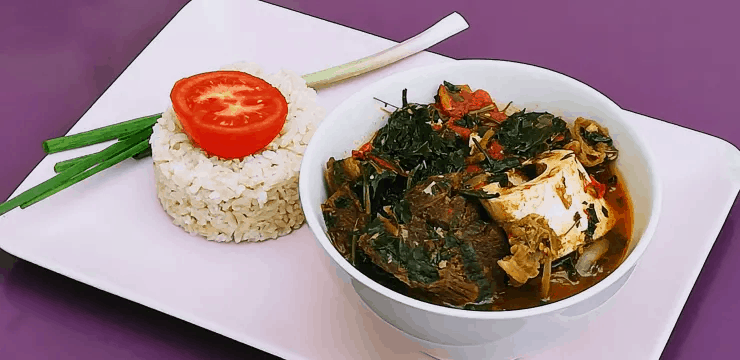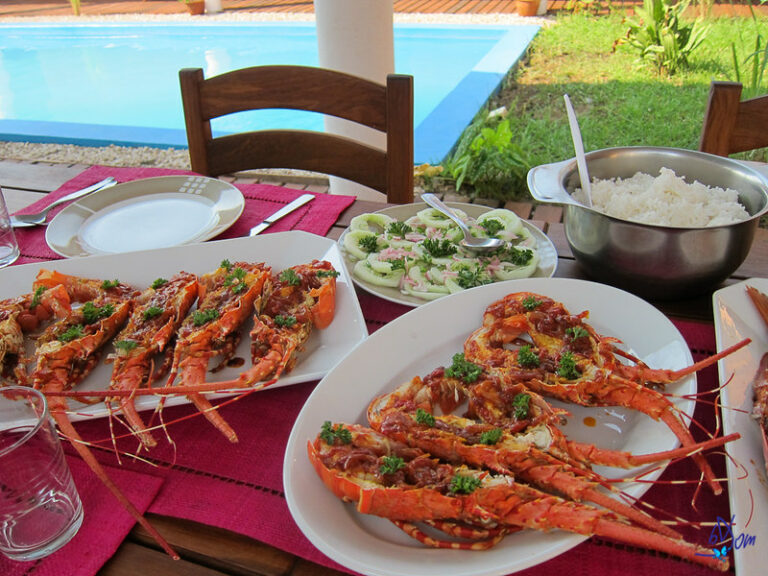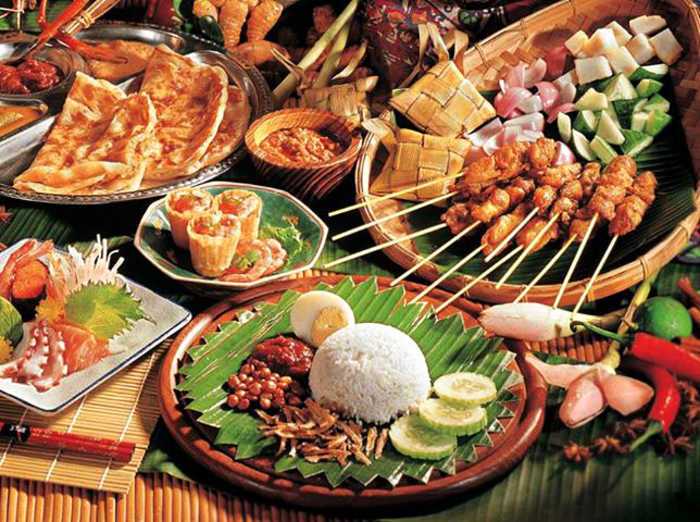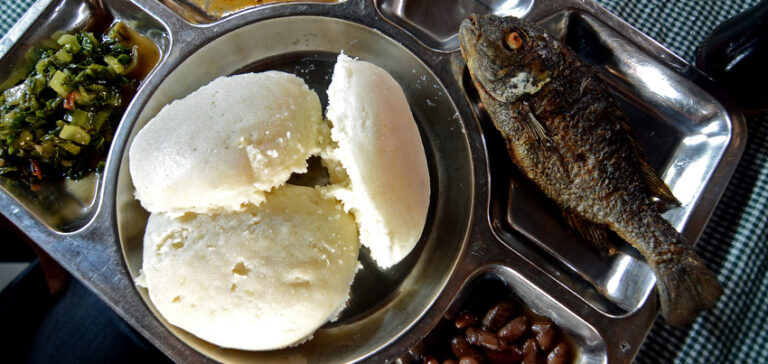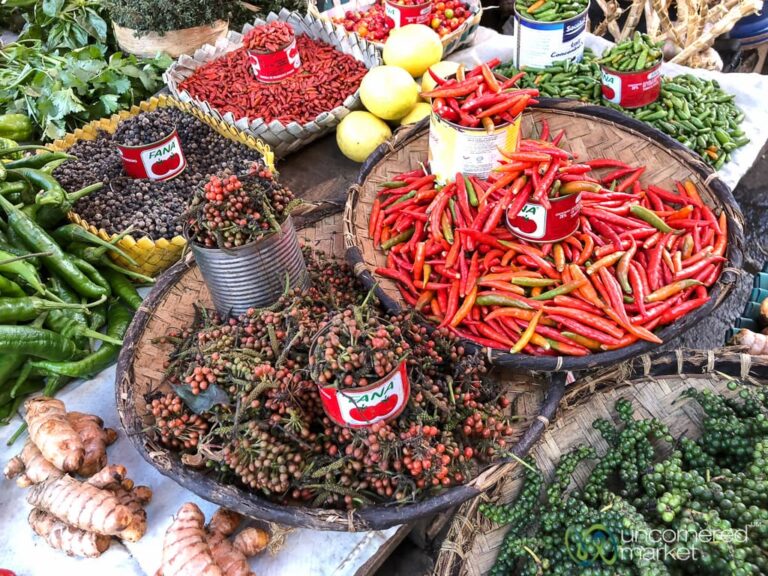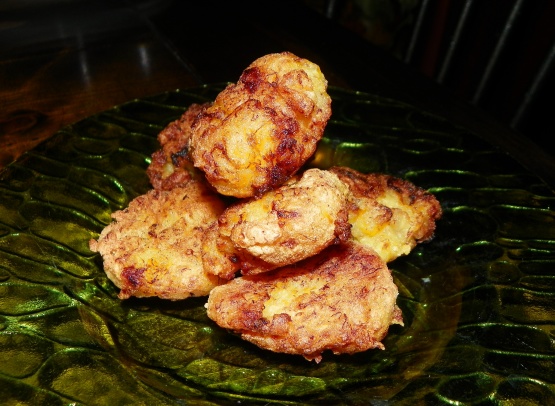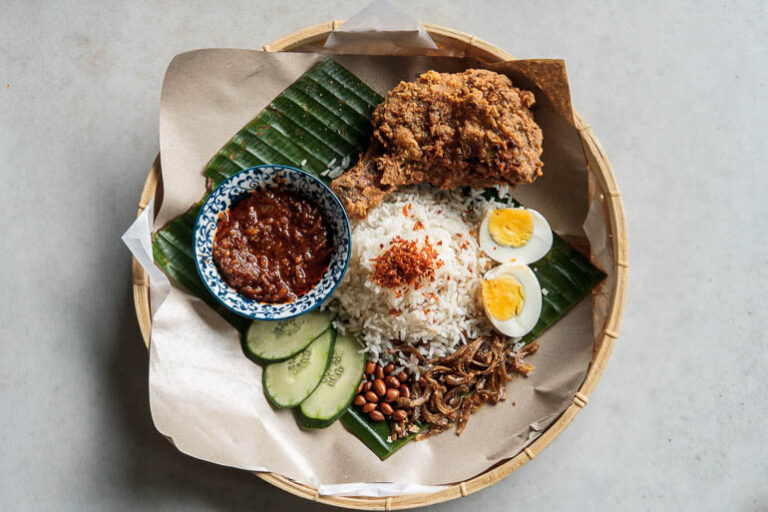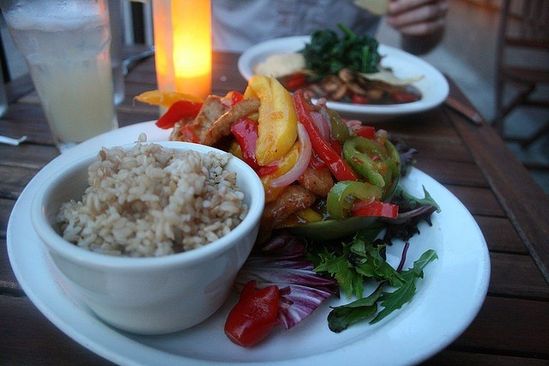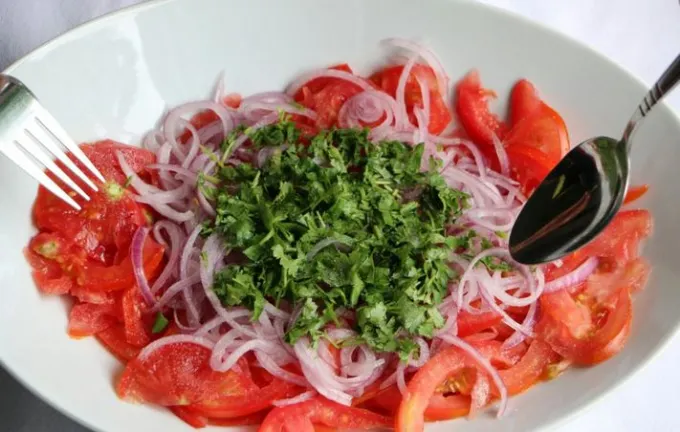Introduction:
Malawian cuisine is a reflection of the country’s rich cultural heritage and diverse natural resources. It is characterized by the use of locally sourced ingredients, including vegetables, fruits, grains, and meat. The emphasis on using locally sourced ingredients in Malawian cuisine is driven by a desire to support small-scale farmers and promote sustainable agricultural practices. It is also a way of preserving the country’s culinary traditions and promoting local food culture.
Historical context:
Malawian cuisine has evolved over time, influenced by the country’s history, geography, and cultural diversity. The cuisine has been shaped by the migration of different ethnic groups, as well as the influences of colonialism. The introduction of crops such as maize, cassava, and sweet potatoes from the Americas during the colonial era has had a lasting impact on Malawian cuisine. Over time, Malawian cuisine has become a fusion of different cultural traditions, incorporating local ingredients and cooking techniques.
Small-scale farming in Malawi and its impact on the local food industry:
Small-scale farming is the backbone of the Malawian economy, with the majority of the population engaged in agriculture. Small-scale farmers play a crucial role in supplying local markets with fresh produce and are an important source of income for rural communities. Their produce is also a key ingredient in Malawian cuisine. However, small-scale farmers in Malawi face numerous challenges, including limited access to credit, poor infrastructure, and low productivity.
Challenges faced by small-scale farmers in Malawi and how they are being addressed:
The Malawian government has implemented several initiatives to support small-scale farmers, including the provision of subsidized inputs, access to credit, and training in modern agricultural techniques. There has also been a growing interest in promoting sustainable agriculture and organic farming practices. NGOs and international organizations have also played a role in supporting small-scale farmers in Malawi.
The role of traditional cooking methods in preserving Malawian cuisine:
Traditional cooking methods play an important role in preserving Malawian cuisine. Many Malawian dishes are prepared using traditional methods such as open-fire cooking, steaming, and baking in clay ovens. These methods not only add flavor but also preserve the nutritional value of the ingredients. They also reflect the cultural traditions of the country and are an important part of Malawian food culture.
Conclusion:
The future of Malawian cuisine depends on the continued support of small-scale farmers and the promotion of sustainable agricultural practices. There is a growing awareness of the importance of using locally sourced ingredients and preserving traditional cooking methods. This not only promotes local food culture but also supports the livelihoods of small-scale farmers. As Malawian cuisine continues to evolve, it is important to recognize and celebrate its rich cultural heritage and embrace the use of locally sourced ingredients in promoting sustainable agriculture.


